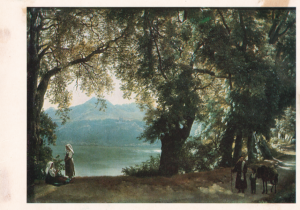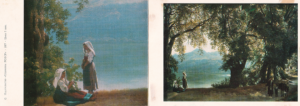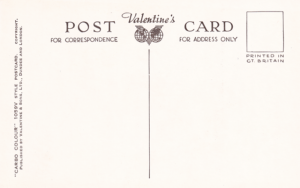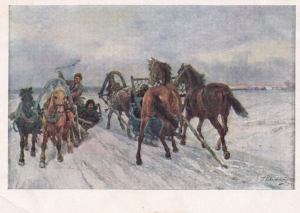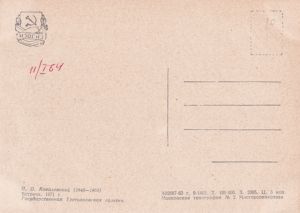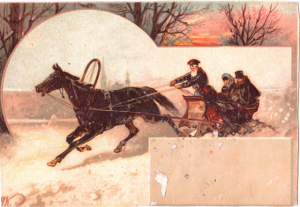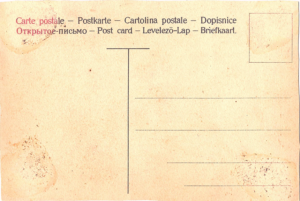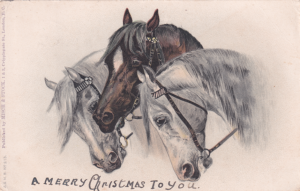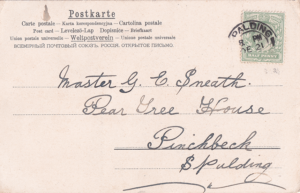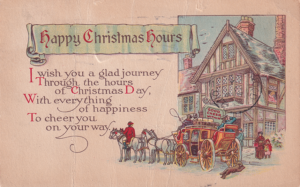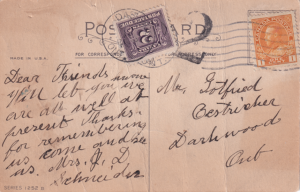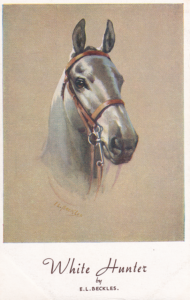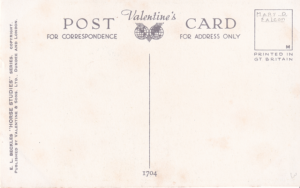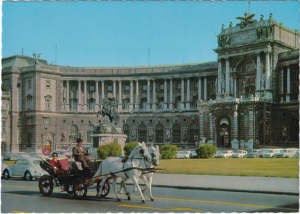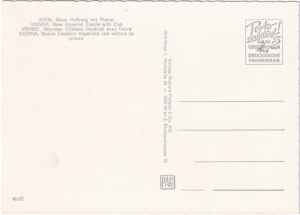Durban came under the rule of the English Crown.
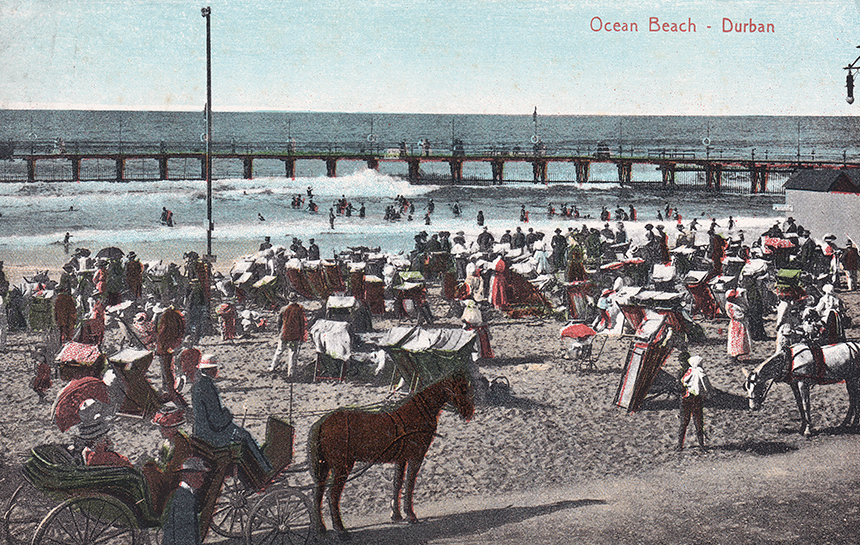
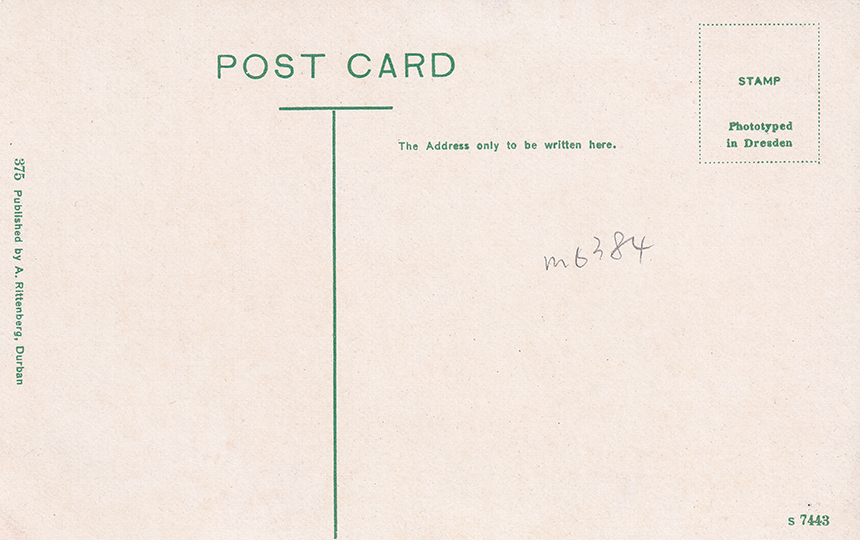
Reverse side of the postcard.
More information
Durban came under the rule of the English Crown.
The modern city of Durban thus dates from 1824, when the settlement was established on the northern shores of the bay near today's Farewell Square.
During a meeting of 35 European residents in Fynn's territory on 23 June 1835, it was decided to build a capital town and name it "D'Urban" after Sir Benjamin D'Urban, who was the governor of the Cape Colony at the time. The Voortrekkers established the Republic of Natalia in 1839, with its capital at Pietermaritzburg.
Tension between the Voortrekkers and the Zulus prompted the governor of the Cape Colony to dispatch a force under Captain Charlton Smith to establish British rule in Natal, for fear of losing British control in Port Natal. The force arrived on 4 May 1842 and built a fortification that was later to be The Old Fort. On the night of 23/24 May 1842 the British attacked the Voortrekker camp at Congella. The attack failed, and the British had to withdraw to their camp which was put under siege. A local trader Dick King and his servant Ndongeni were able to escape the blockade and rode to Grahamstown, a distance of 600 km (370 mi) in fourteen days to raise reinforcements. The reinforcements arrived in Durban 20 days later; the Voortrekkers retreated, and the siege was lifted.
Fierce conflict with the Zulu population led to the evacuation of Durban, and eventually the Afrikaners accepted British annexation in 1844 under military pressure.
Founder
Published by A. Rittenberg, Durban.
Date
1908.
Culture
South Africa.
Classification
Postcard.

